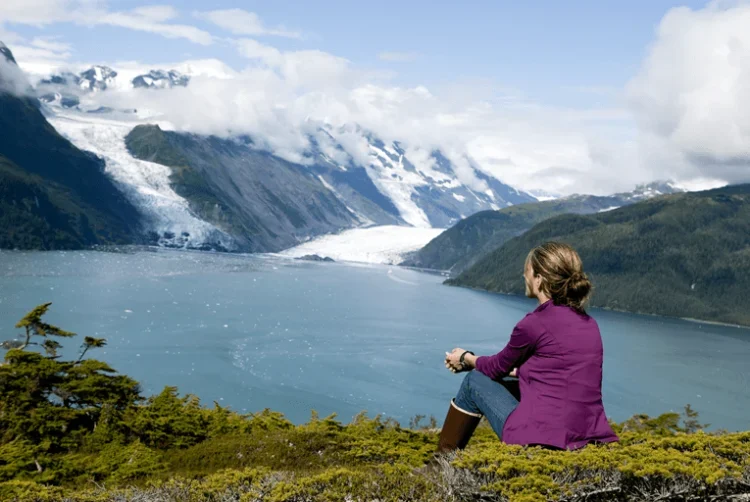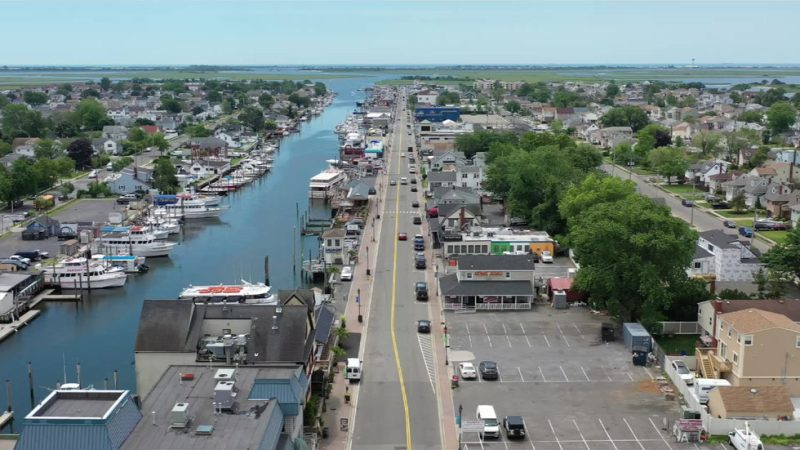The Majesty of Alaska: Exploring the Vastness of the Biggest State in the USA

Nestled in the far northwestern corner of North America lies a land of unparalleled beauty and awe-inspiring grandeur – Alaska, the largest state in the United States. With its vast expanses of wilderness, towering mountain ranges, and abundant wildlife, Alaska stands as a testament to the raw power and majesty of the natural world. In this article, we will embark on a journey to explore the unique characteristics that make Alaska the biggest and one of the most extraordinary states in the USA.
Geography and Size:
Alaska’s sheer size is truly staggering, dwarfing all other states in the nation. Covering an area of over 663,000 square miles, it is more than twice the size of Texas, the second-largest state. To put it into perspective, Alaska could comfortably fit Texas, California, and Montana within its borders and still have room to spare. The vastness of Alaska’s landscape is further accentuated by its extensive coastline, stretching for over 6,600 miles along the Pacific Ocean, the Arctic Ocean, and the Bering Sea.
Mountain Ranges and Glaciers:
Alaska is home to some of the highest and most breathtaking mountain ranges in North America. The Alaska Range, which includes the iconic Denali, North America’s tallest peak at 20,310 feet, is just one of the many impressive geological features that define the state. The Wrangell-St. Elias Range, with its numerous peaks exceeding 16,000 feet, adds to the state’s rugged and dramatic topography.
But it’s not just the mountains that captivate the imagination; Alaska boasts an abundance of glaciers, too. The state is home to around 100,000 glaciers, covering almost five percent of its land area. The most famous among them is the Hubbard Glacier, a colossal river of ice that flows into the Gulf of Alaska. Witnessing the calving of these glaciers, with massive chunks of ice crashing into the sea, is a mesmerizing spectacle that draws visitors from around the world.
Wildlife and Biodiversity:
Alaska’s diverse ecosystems support a wide array of wildlife, making it a haven for nature enthusiasts and wildlife photographers. The state is home to iconic species such as grizzly bears, moose, wolves, and bald eagles. The coastal waters teem with marine life, including humpback whales, orcas, sea otters, and seals.
The annual salmon runs, particularly in places like Bristol Bay, attract not only bears but also commercial and recreational fishermen. Alaska’s commitment to conservation and sustainable practices has helped preserve its rich biodiversity, ensuring that future generations can continue to marvel at the wonders of its untamed wilderness.
Unique Indigenous Cultures:
Alaska is not only a land of natural wonders but also a place deeply rooted in cultural diversity. The state is home to numerous indigenous communities, each with its own rich history, traditions, and languages. The Iñupiaq, Yupik, Athabascan, Tlingit, and Haida peoples are just a few of the distinct Native Alaskan groups that have inhabited the region for thousands of years.
These communities have adapted to the harsh Arctic and subarctic environments, developing unique skills and knowledge that are passed down through generations. Visitors to Alaska have the opportunity to engage with these indigenous cultures, gaining insight into their traditional practices, art, and storytelling, which play a vital role in preserving their heritage.
The Midnight Sun and Northern Lights:
Alaska’s geographical location near the Arctic Circle means that it experiences extremes in daylight throughout the year. During the summer months, parts of the state are bathed in continuous daylight, a phenomenon known as the Midnight Sun. This surreal experience allows for extended outdoor activities and the chance to witness nature’s beauty under the soft glow of the sun, even in the middle of the night.
Conversely, the winter months bring another spectacular display – the Northern Lights or Aurora Borealis. The dark winter nights provide the perfect canvas for the dancing lights in the sky, creating an otherworldly and mesmerizing show. Fairbanks, in particular, is renowned as one of the best places on Earth to witness this celestial phenomenon.
Challenges and Resilience:
Despite its awe-inspiring beauty, Alaska also faces unique challenges. Harsh weather conditions, isolation, and limited infrastructure can make life challenging for residents, especially in remote villages. The state is also on the front lines of climate change, experiencing warming temperatures, melting permafrost, and rising sea levels.
However, Alaskans have a long history of resilience and resourcefulness. The state’s people, often described as tough and self-reliant, have adapted to the challenges of their environment for generations. Additionally, ongoing efforts to address climate change and promote sustainable practices aim to ensure the continued health and vitality of Alaska’s ecosystems.
Conclusion:
Alaska, the biggest state in the USA, is a place of extremes – from towering mountains to sprawling glaciers, from endless daylight to the dancing Northern Lights. Its vast and diverse landscapes, coupled with its rich cultural heritage, make it a destination like no other. Whether you seek adventure in the great outdoors, cultural enrichment, or a glimpse of the sublime beauty of nature, Alaska offers an experience that is truly one of a kind. The Last Frontier beckons, inviting those who dare to explore its boundless wonders.






